Today’s episode is a fun one because it’s full of your questions and my answers on a variety of topics. For those of you who follow me on Facebook and Instagram, you sent me your questions and this is the podcast where they’re being answered! I’m covering everything from growing food for a year to my skincare routine! My homesteading bucket list to adjustments we’re making here on the homestead as we pivot after a difficult growing season.
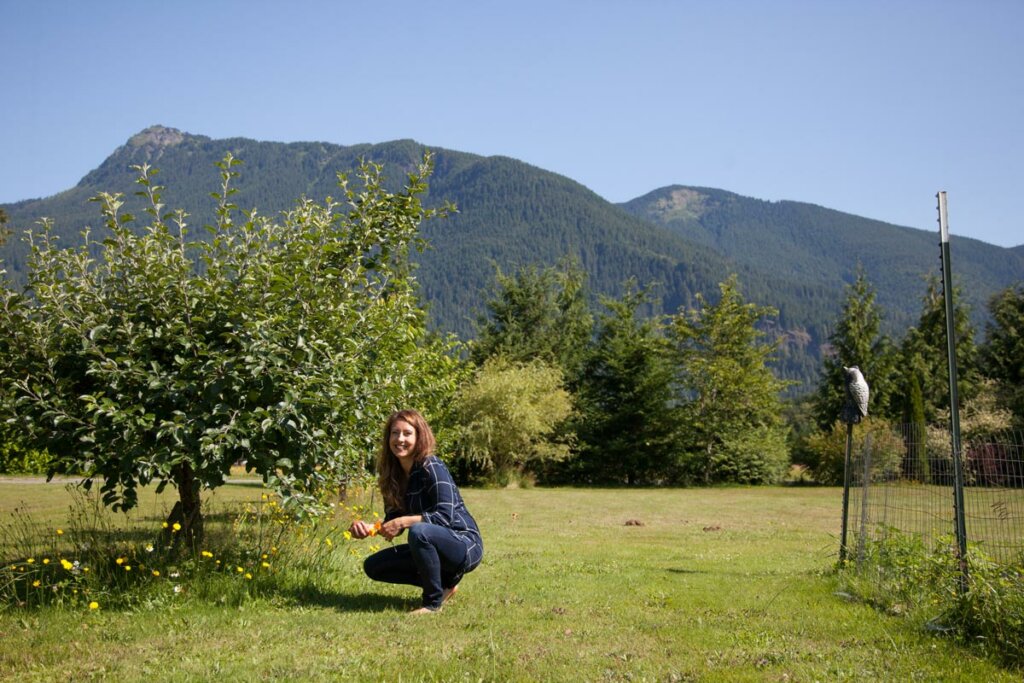
Today’s podcast will cover the following questions:
- Stocking up on food
- What do I use for makeup and skincare
- My bucketlist for homesteading
- Overwintering strawberries
- Thing I need to increase for a year of food for my family
- Root cellar options
- And so much more!
A little background about me, if we haven’t met, or if this is your first time on my blog, I’m a fifth-generation homesteader, best selling author (including the book The Family Garden Plan), and it is my goal to help people learn how to become modern homesteaders and to learn how to live a hand-made and homegrown life.
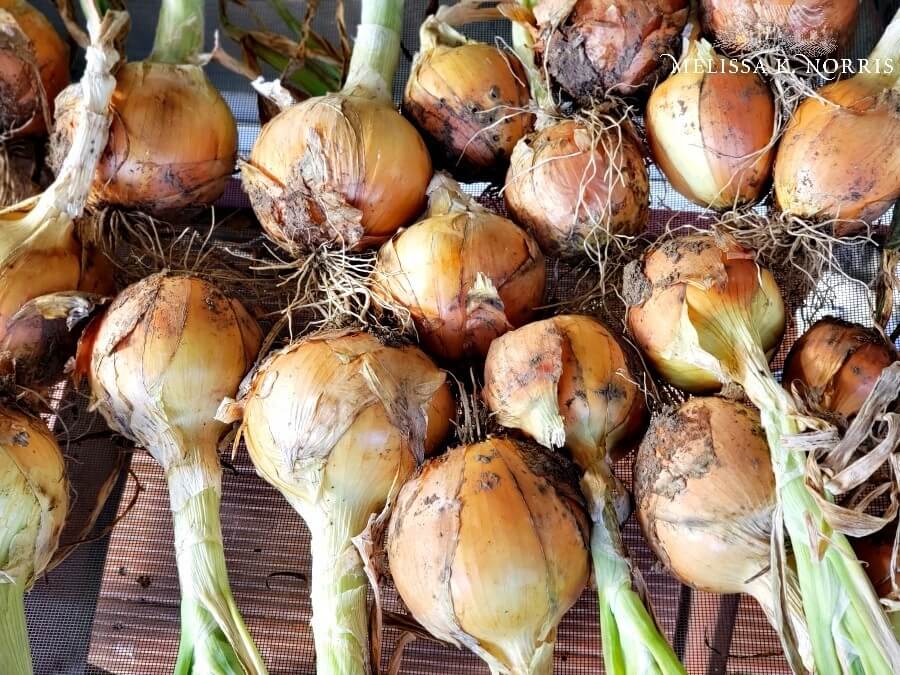
Table of Contents[Hide][Show]
Root Cellar Options (if you don’t have one)
Question: If you don’t have a built-in root cellar in your home, what are the other options available?
In my house, we don’t have a root cellar, a basement, an unheated garage, or even an out-building that doubles as cold storage. But never fear, there are several things you can “root cellar” using root-cellaring techniques in your home.
Be sure to check out my blog post and podcast episode on 10 tips on storing vegetables without a root cellar for long-term storage.
First off, it’s important to know which vegetables will store well if you don’t have a cooler environment that also has high humidity. If you don’t have a root cellar and are going to be storing them in your house, these are the vegetables that will work well:
- Onions (be sure they’re storage varieties such as Copra, Pattersen, blush onions, etc.)
- Garlic (my softneck varieties last over a year for me when cured properly)
- Winter Squash (especially spaghetti, delecata, pumpkin, butternut and acorn)
The key is that you are storing the correct variety of vegetables. Specifically, purple onions tend not to be great storage onions.
Beyond the variety, you also need to be sure you’re following proper curing practices for your vegetables.
Learn how to cure onions here. Learn how to cure garlic here.
Winter squash also needs to be cured. To do this you’ll want to leave the stem on and allow them to cure until the stem is hard and the outside skin or rind is nice and thick.
The curing process takes a couple of weeks, but the temperature needs to be higher between 80-85 degrees F. Once my winter squash is ripe for the picking, it’s sometimes past when we’re getting these temps, so you can always bring them inside into a warm room, maybe even by a wood stove if you’re already building fires.
No matter how you’re storing your veggies, you need to be checking on them frequently (if not daily). Once you see signs of spoilage, rot, or even bruising, you need to use up those veggies quickly, especially to avoid any rot from quickly spreading to your other veggies.
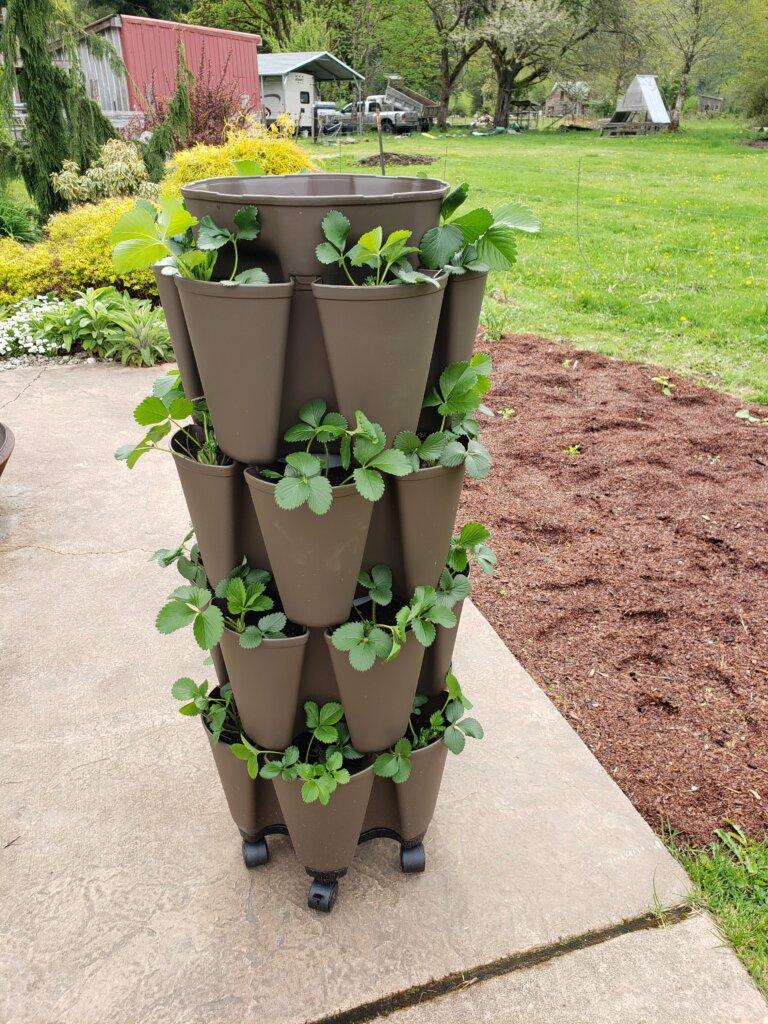
Over-Wintering Strawberries
Question: How do I overwinter strawberries?
Strawberry plants are perennial and if you live in a climate where you have mild winters you don’t actually have to do anything.
However, strawberry plants can be damaged by hard freezes, so it’s best if you can mulch them with something that will still allow airflow. Many people will use straw as it’s breathable while also providing insulation (some people use hay, but there tends to be more weed seeds in hay).
If you grow strawberries in containers, especially moveable containers like the Greenstalk Vertical Planter where I grow my strawberries, then I simply move my planter to a southern exposure side of my house and place it up against the wall of the house for extra warmth.
This works well for us and we experience winter temperatures down into the 20 degrees F range. You can also move your pots or planters into an unheated garage or building to keep them from freezing.
I love the GreenStalk Planters because they’re easy to move, fairly lightweight (compared to heavy pots) and they have a great self-watering system! Use code “PIONEERING” for $10 off your purchase!
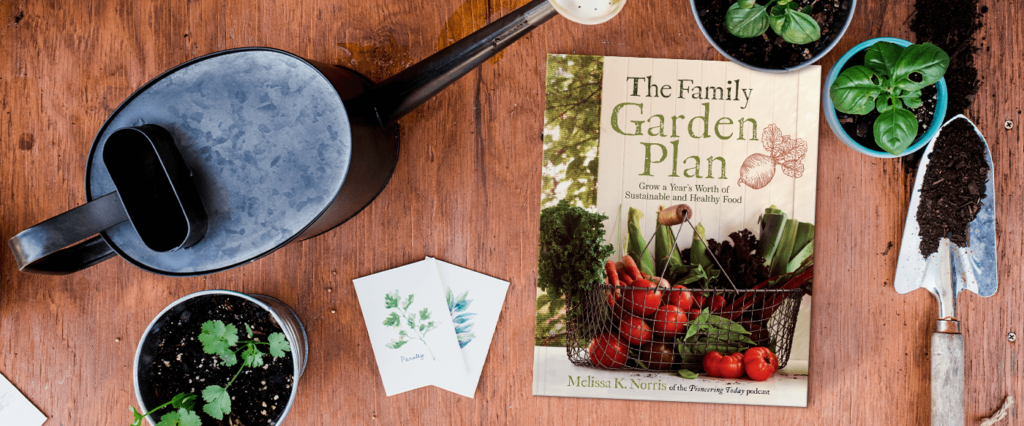
Planning a Year’s Worth of Food
Question: What are things you need to increase in order to have a year’s worth of food put away?
If you’ve followed me for any length of time you know that this topic is near and dear to my heart. So much so that I’ve written two books on the topic, The Family Garden Plan, and more recently The Family Garden Planner which is filled with worksheets for you to successfully grow a year’s worth of food for your own family.
This is something that continually changes each year as your children grow, different circumstances that happen in the garden throughout the growing season, etc. One thing remains constant, it takes time to grow a year’s worth of food, and I want to make sure I preserve it so it doesn’t go to waste.
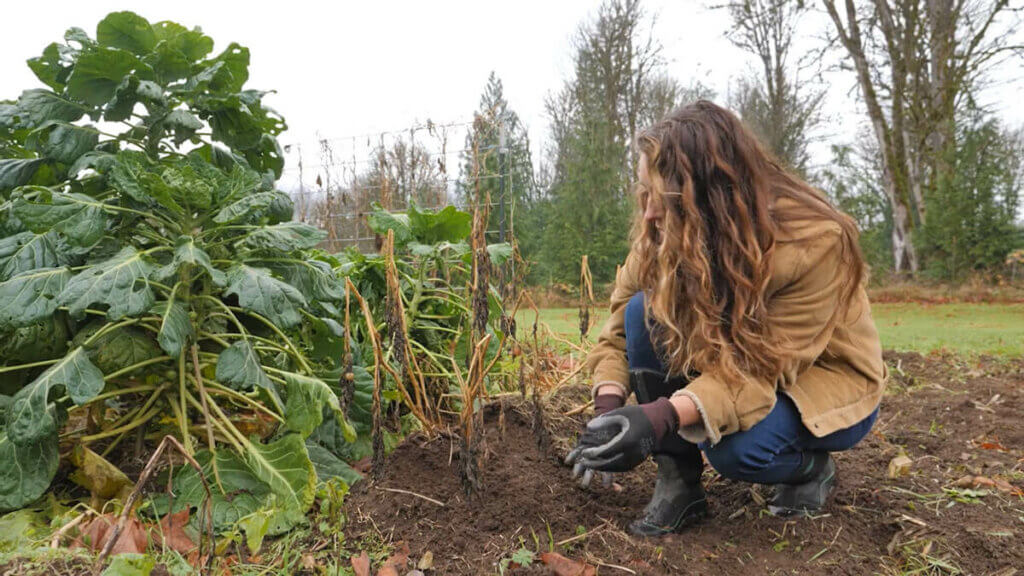
Potatoes
This year, I did experience some early blight on my potato plants so I’m hoping the plants that remain will provide enough potatoes for us this year.
Carrots
I also need to increase my carrots because I had a hard time keeping the garden moist enough to germinate my seeds during the extremely high heat we had this summer here in the Pacific Northwest.

Brussels Sprouts
Because these are one of the veggies I end up supplementing from the grocery store, I need to put up more brussels sprouts. Even though we already grow quite a lot of Brussels sprouts and overwinter them in the garden through January, after this the quality isn’t that great and we’ve usually picked the plants clean.
I would like to grow some extra that I can blanch and freeze so we can have Brussels sprouts throughout the entire year since they’re one of my husband’s favorites.
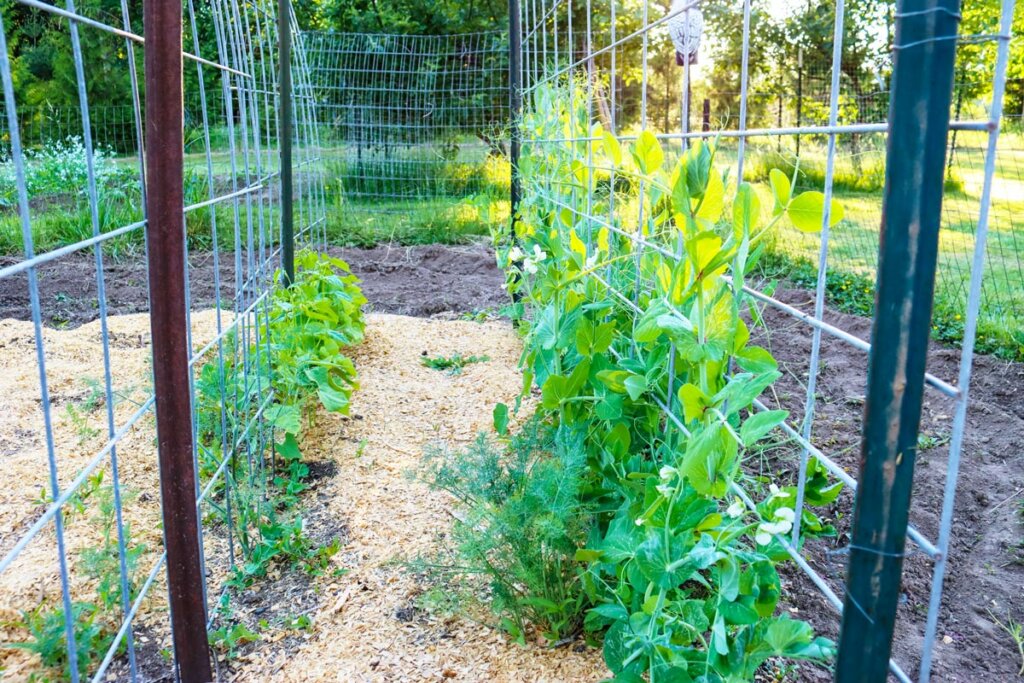
Peas
Peas are definitely one of the vegetables I need to increase in order to have enough to get our family through a year. Though we don’t eat a ton of peas, I do love to use them in certain dishes (like a Seven-Layer Salad) and I’ve found myself buying frozen bags of peas to use in these recipes.
I plan on growing some more varieties of shelled peas in order to accomplish this.
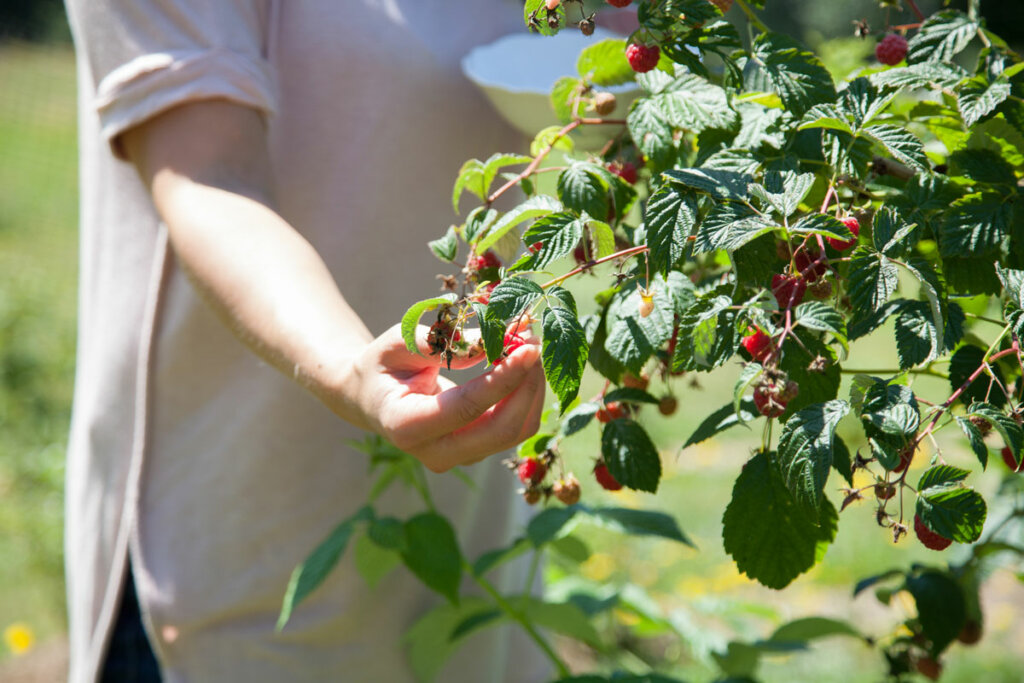
Berries
We put in some more raspberry vines this year to increase the number of berries we’re both eating fresh and preserving. You can find out how many berry bushes to plant for your family here, plus learn how to prune raspberries here.
We also had an unfortunate mishap with one of our blueberry bushes this year and we’ll need to be replacing that bush in order to get our supply back up to the amount our family consumes in a year.
The blueberry bush mishap was a combination of mummy berry (which is a fungal disease) and the extreme temps we had where we had a four-day stretch of 104-120 degrees F. Many of my plants and trees suffered due to this extreme heat. (Learn how to prune and care for blueberries here.)
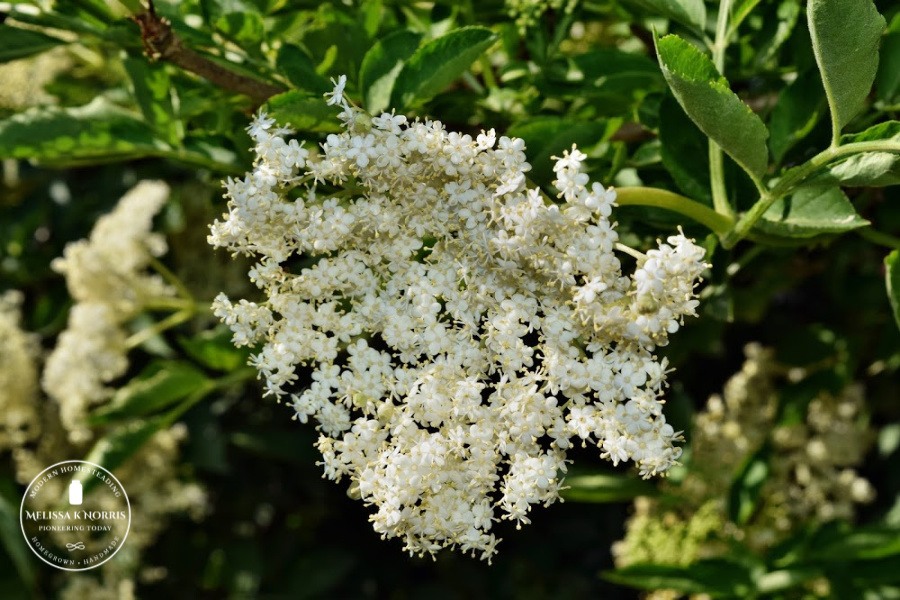
Elderberries
My oldest elderberry plants are three years old, but I did have to transplant one of them because it wasn’t very happy in the location I planted it. I also planted some new elderberry plants this year that will eventually flower and fruit. (How to grow and elderberry planting tips here!)
Anytime you transplant it sets the fruit back on that tree or bush by about a year, so, unfortunately, even though one of my trees was filled with blossoms, the pollinator tree (which is the one I transplanted) didn’t do well in order to get the blossoms to produce fruit.
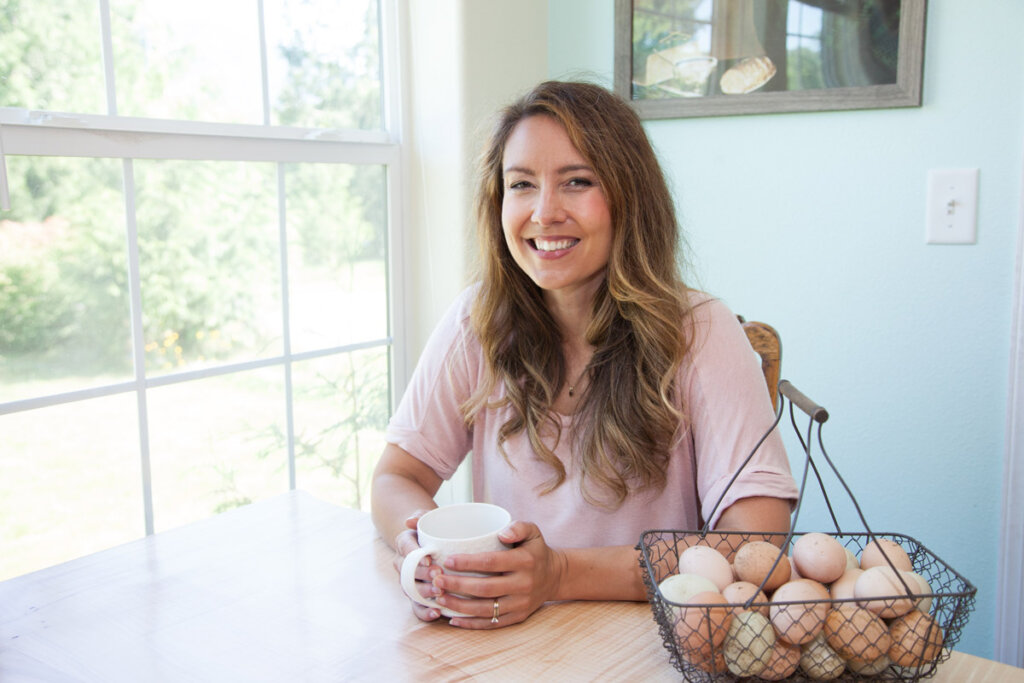
My Skincare Routine
Question: Your skin looks so amazing, would you mind sharing your skincare routine and which products you use?
I actually just released a podcast where I discuss my skincare routine and everything I do for skin health in detail. And I joke saying I think cameras have natural built-in filters that definitely help!
Face Wash
Over the years I have tried many different things, but have settled on not using bar soap on my face as I’ve always struggled to find the right balance in moisture. I haven’t yet found the perfect face wash for me, but I’ve been trying a new product for about four weeks now.
Hopefully, I’ll have that answer by the time I publish my podcast! (I’ll be sure to update this section with a link once it’s published!)
Skin Care
The other product I’ve been using for almost a year now is Toups Organics. I cover exactly what I use in the podcast, but you can check out all the Toups Organic products here. (Use code “Pioneering” to receive FREE shipping on your order!)
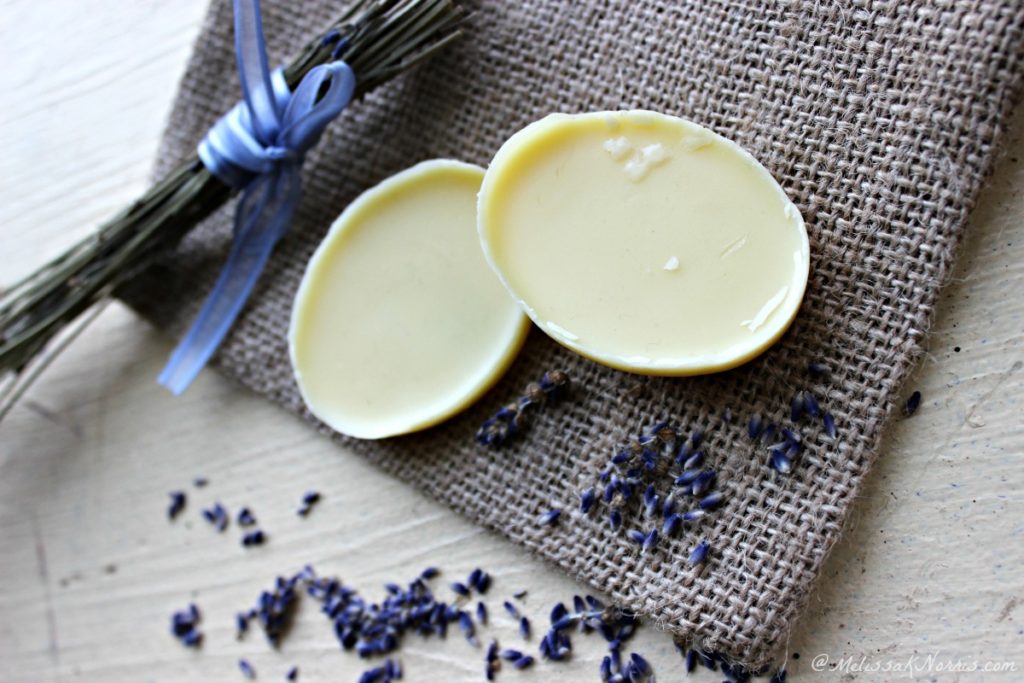
Lotion Bars
I’m a lotion bar addict! They’re super simple to make at home and you can follow the easy tutorial right here: DIY Lotion Bars.
The simple combination of ingredients is so beneficial for your skin and I’ve been using them all over my body for over a decade now.

Stocking Up on Supplies
Question: Are you feeling the need to stock up on food and supplies like you did last year?
My answer here is yes and no. I learned my lesson last year by letting my supplies run down and haven’t actually let my stores run down. I’ve kept my threshold stocked up at a level I feel comfortable with.
Garden Supplies
In the garden, if I’m needing seeds that I’m not seed-saving myself (learn how to save and store your seeds), then I’m ordering them early (where to buy heirloom garden seeds).
Onion seeds might be the only caveat as seeds older than one year don’t tend to have a good germination rate.
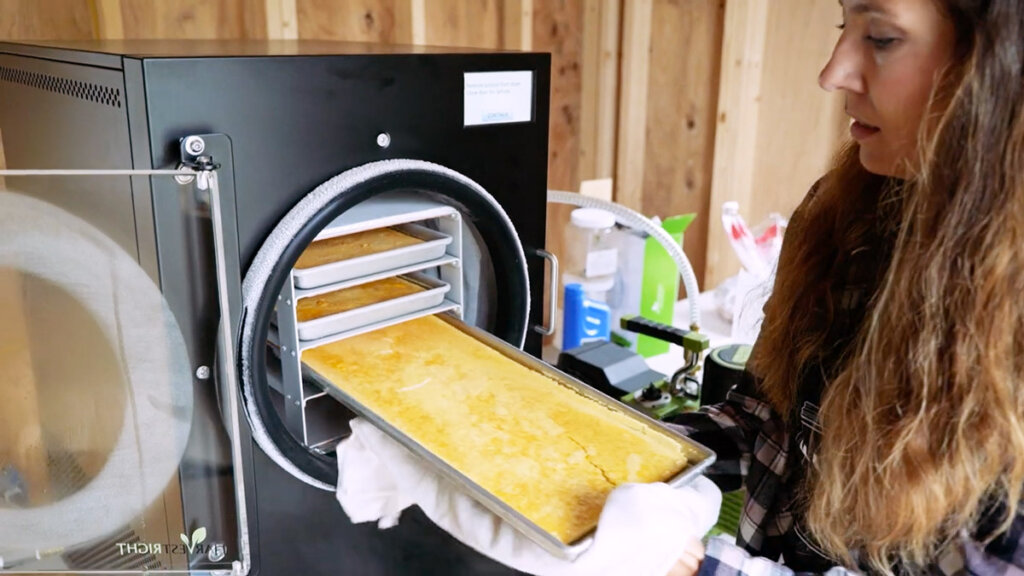
Food
One thing I’m looking into is ways to diversify our food supply with what we’re not already doing ourselves.
I already have a large supply of mason jars and canning lids and happened to reorder to replenish my supply just before the pandemic and shortage of these items began. (If you’re having a hard time finding canning supplies, this may help.)
I know some people who ordered canning lids and had to wait an entire year before receiving their order!
I’m looking to grow more food in cold-frames and high tunnels for fresh eating foods that I don’t need to preserve.
We also got a freeze dryer this year which has allowed me to preserve foods that I could only store in the freezer (which we all know the freezer is prime real estate when it comes to food storage!). (Check out my new favorite food to freeze dry!)
Bottom line, I’ve been looking for additional ways to expand our food supply and food storage, but I’m also very happy with where our stock levels are!
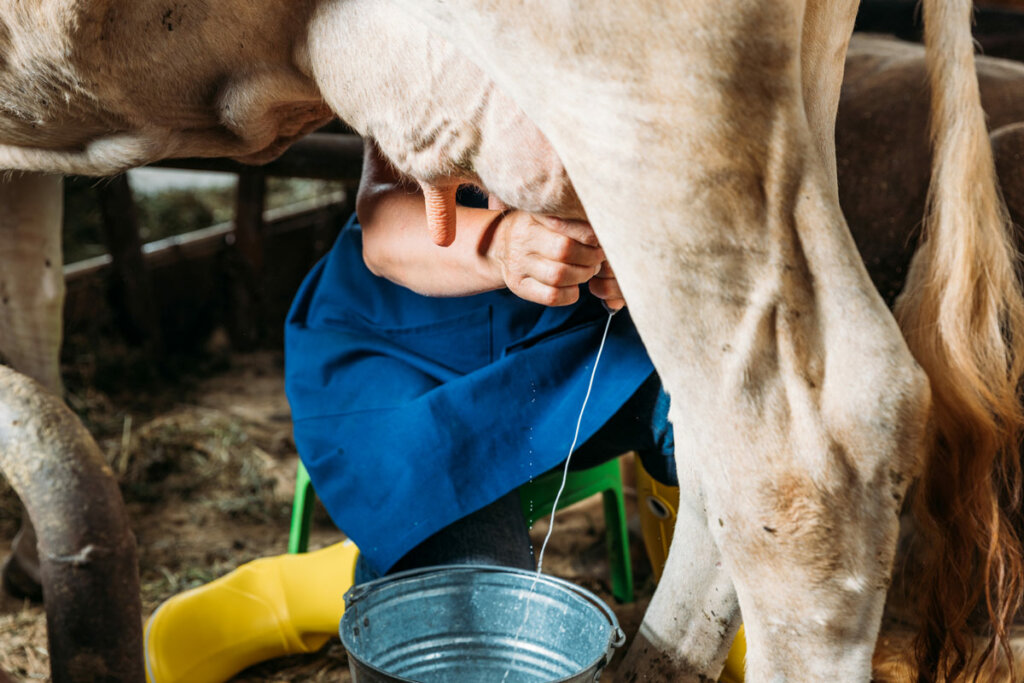
Homesteading Bucket List
Question: What is on your homesteading bucket list?
I never really considered my future dreams for our homestead as a bucket list, but it’s funny because I actually already have quite a list!
Dairy Animal
At some point, I would really like to get a dairy animal here on the homestead. But I also know it’s not something that’s on the horizon in the next six months or so.
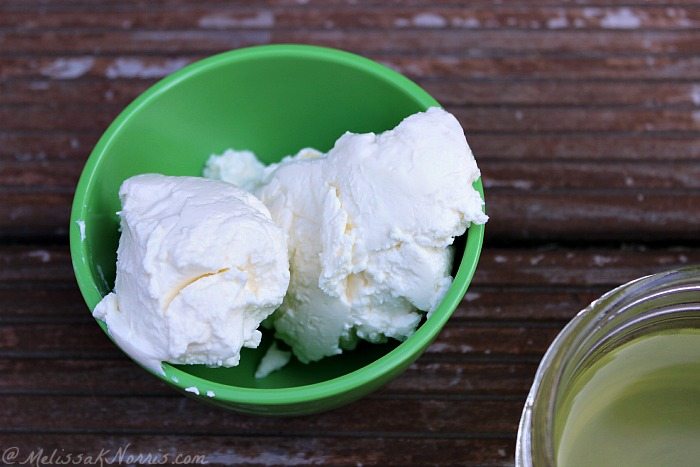
Cheese Making
I’m expanding my hard cheese-making skills and that’s something that’s been on my bucket list for a long time. I’ve been making cultured cheeses and soft cheeses for a long time, but hard cheeses are new for me!
We actually just enjoyed our first batch of homemade cheddar cheese and it’s so incredible I can’t wait to share the recipe with you! As this obsession builds, I know I’ll be needing more milk to keep up with my cheese-making, hence, the desire for a milk cow!
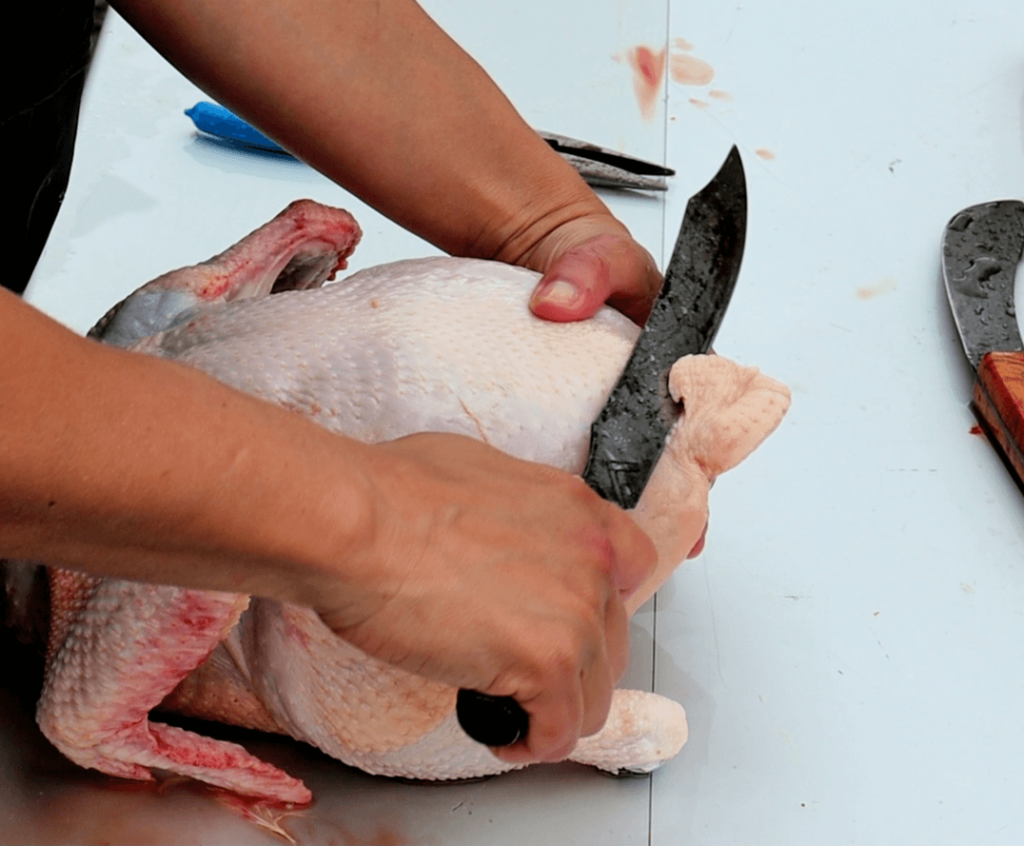
Teaching Homestead
You know I’m a huge proponent of teaching people how to homestead through my blog, podcast, online courses, and membership to the Pioneering Today Academy, but something that my husband and I have felt led to explore is opening up our homestead for people to be able to come and have some hands-on learning experiences.
In fact, we’re actually about to have our very first chicken butchering workshop here in just a few short weeks and we’re very excited to see how it goes.
If coming out to our homestead to learn homesteading skills is something that interests you, please leave a comment below on the topics or tutorials that you would like to learn about!
Verse of the Week: Galatians 6:4
[fusebox_transcript]
More Resources for Planning and Preserving
- Tips for Home Food Preservation – Seasonal Preserving Each Month
- A Complete Guide to Home Food Preservation (What to do When You Can’t Find Canning Supplies)
- How to Preserve Zucchini
- Home Food Preservation- Preserving Plan for a Year’s Worth of Food Planning Your Livestock for a Year’s Worth of Meat per Person
- Botulism Prevention and Preservation Safety Tips
- 9 Ways to Preserve Food at Home
- 129+ Best Canning Recipes to Put Up This Year
- Biggest Garden Planning Mistakes and How to Avoid Them
- Root Vegetable Storage Without a Root Cellar: Simple Methods That Work



